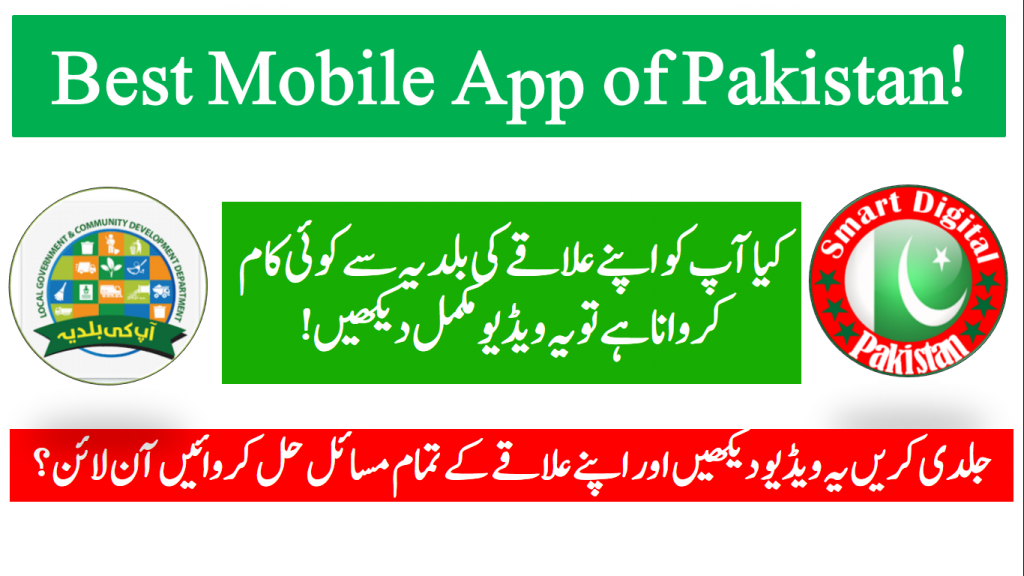
Certainly! Developing an application to facilitate and empower citizens in getting their municipal services related complaints resolved online involves several steps. Below is a step-by-step guide to help you achieve this objective:
Step 1: Define Objectives and Scope
- Clearly outline the main objectives of the application: facilitating online complaint resolution for municipal services.
- Define the scope of services and types of complaints that the application will cover.
Step 2: Research and Requirements Gathering
- Conduct thorough research on the municipal services and the common complaints citizens face.
- Collect feedback from potential users to understand their needs and expectations.
- Define the features and functionalities required for the application based on research and user feedback.
Step 3: Identify Stakeholders
- Identify key stakeholders, including government officials, citizens, and IT professionals who will be involved in the development and maintenance of the application.
- Establish communication channels with these stakeholders to ensure collaboration throughout the project.
Step 4: Compliance and Legal Considerations
- Research and comply with any legal and regulatory requirements for developing and deploying a municipal services complaint resolution application.
- Ensure data privacy and security measures are in place to protect user information.
Step 5: Design User Interface (UI) and User Experience (UX)
- Create wireframes and prototypes for the application’s UI and UX design.
- Ensure that the design is user-friendly, intuitive, and accessible to a diverse user base.
Step 6: Develop the Application
- Choose a suitable technology stack for the application development.
- Implement the features and functionalities based on the defined requirements.
- Integrate necessary APIs for data exchange between the application and municipal databases.
Step 7: Implement Complaint Submission and Tracking System
- Develop a user-friendly interface for citizens to submit complaints online.
- Implement a tracking system that allows users to monitor the status of their complaints in real-time.
Step 8: Establish Integration with Municipal Departments
- Collaborate with the relevant municipal departments to establish data integration for seamless complaint resolution.
- Ensure that the application can communicate with existing systems used by the LG&CD departments.
Step 9: Quality Assurance and Testing
- Conduct thorough testing of the application to identify and rectify any bugs or issues.
- Perform user acceptance testing to ensure the application meets the needs of its intended users.
Step 10: Deployment and Training
- Deploy the application on a suitable platform or server.
- Conduct training sessions for municipal officials and citizens on how to use the application effectively.
Step 11: Marketing and Awareness
- Develop a marketing strategy to promote the application among citizens.
- Raise awareness about the benefits of using the online complaint resolution system.
Step 12: Monitor and Update
- Implement monitoring tools to track the performance of the application.
- Gather feedback from users and stakeholders for continuous improvement.
- Regularly update the application to address new requirements and enhance user experience.
By following these steps, you can develop an effective application that facilitates and empowers citizens to resolve municipal services complaints online, fostering a strong liaison between the public and LG&CD departments for seamless public service delivery.